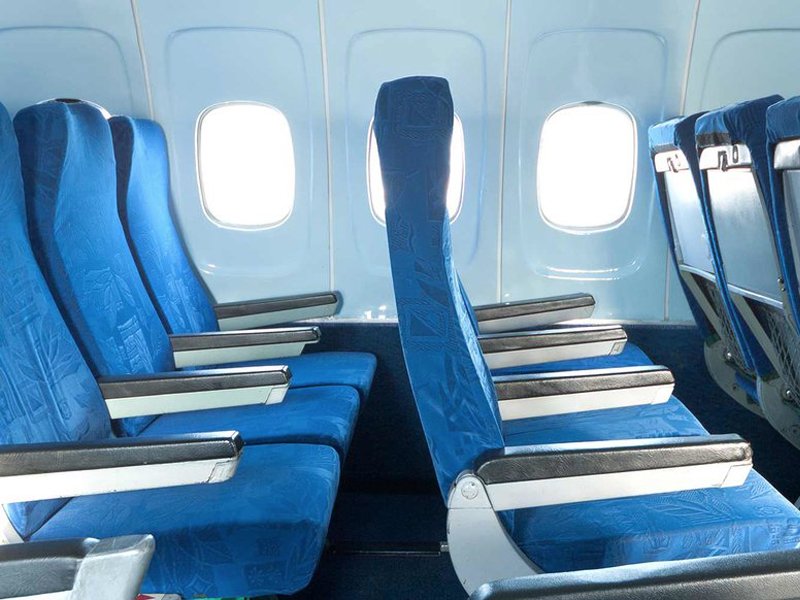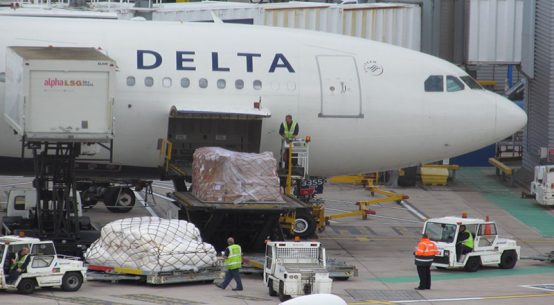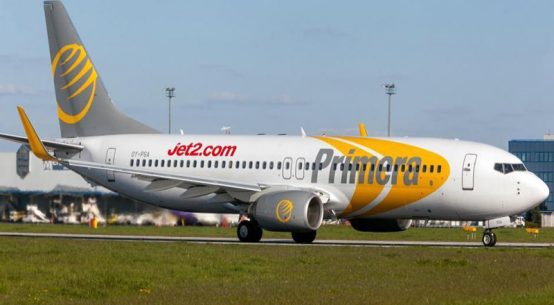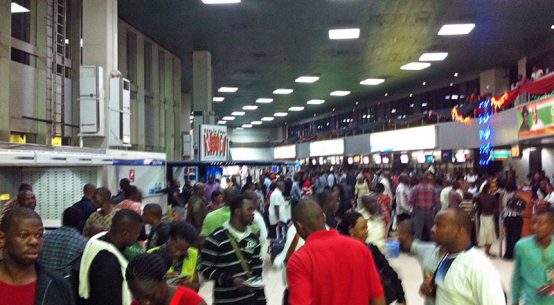
Aircraft seats
New York (NYT) – Spirit Airlines, at least, is honest about the tight quarters on its planes. “We’re a cozy airline,” it says on its website. “We add extra seats to our planes so we can fly with more people. This lowers ticket prices for everyone, just like a carpool.”
It’s not news that airlines have been squeezing more — and smaller — seats into the backs of their planes. The question is how far they can push their quest for higher profits before running into a backlash from their customers.
“The commercial side — primarily the people who run airline revenue departments — want more seats on planes,” said Henry Harteveldt, co-founder of Atmosphere Research Group, an airline and travel industry analyst. They’re up against “the people in the airlines’ marketing departments, who are trying to act as their passengers’ advocates and push back on some of these initiatives.”
To accommodate the airlines, seat manufacturers have been skimming and trimming from just about every dimension, relocating the seatback pocket, replacing padding with elastic mesh and whittling down the armrests.
“There are two goals with seats: to squeeze in more people and to make the plane lighter,” said Richard Aboulafia, aviation analyst with the Teal Group.
While low-cost airlines like Spirit have narrowed the distance between rows of seats to as little as 28 inches, most of the big American airlines have kept the distance — what’s known in the business as seat pitch — at 30 inches. Anything less, the major airlines have found, pushes already beleaguered travelers to their limits.
This year, the news leaked that American Airlines was considering a cabin redesign that would leave a few rows in its new Boeing 737 Max fleet with just 29 inches of pitch, plans the carrier quickly dropped after a rash of complaints.
“We got a lot of pushback from our customers and, most notably, from our team members,” the airline’s chief executive, Doug Parker, told investors on a conference call in July. “While we could convince ourselves that that might be able to produce somewhat higher revenues on the aircraft, what it was doing to our perception with our team wasn’t worth it.”
The push to shrink the space between rows of seats comes as major carriers are squeezing 10 abreast in more long-haul jets, so that the middle section has four seats — and, by definition, two middle seats — rather than three.
But customers will be spared this experience on most flights within the United States, Mr. Aboulafia said, because there just isn’t enough space. “The good news is that pretty much every domestic flight you’re going to take is going to be in a 737 or A320 — no way can you do four-three,” he said.
Traditional airline seats were fashioned out of rigid aluminum frames, then wrapped in thick foam padding. But that approach, said Alex Pozzi, vice president for research and development in interior systems for Rockwell Collins, a manufacturer of aircraft seats, is no longer used, with the availability of more sophisticated, high-tech materials.
“We’ve been using a lot of advanced materials, a lot of composite materials, to allow the actual physical structure to get smaller,” he said. “We’ve also removed a lot of the hard points in the seat and gone to fabric suspension systems,” leading, he said, to seats more akin to ergonomic desk chairs.
“The less size that the seat structure itself takes up, the more space that’s left over for the passenger,” Mr. Pozzi said.

Or, as the case may be, for more passengers. “Over the last five years, as slimline seats become more common and were adopted by more airlines, airlines took the opportunity to basically take the space they were saving and, depending on the airline, most of the airlines took that space and added in an extra row or two,” said Jami Counter, vice president of TripAdvisor Flights, which owns the site SeatGuru.com. “The actual pitch would shrink, but theoretically, your leg room wouldn’t.”
“Now,” he added, “you’re cramming another person in there so you still have more people in that exact same space. It becomes a much more unpleasant flying experience.”
On American Airlines’ new 737s, which will be put into service beginning soon, seats have a minimum 30-inch pitch, although American says most seats have 31 inches. Seatback TV screens were eliminated and replaced with brackets that passengers can use to mount their own devices to watch video and power sources to keep those devices running. The magazine holder is now closer to the top of the seatback to free up more knee room.
“Those seats are designed to make the best possible use of the space,” an American spokesman, Josh Freed, said.
Airlines contend that improved ergonomics and, in some cases, slightly wider seats make up for a tighter pitch. A spokesman for Spirit Airlines, Paul Berry, said the emphasis on pitch was an inaccurate way to assess today’s newer seat designs.
“If you just go by inches, it’s kind of an old measure. We’re kind of basing it on comfort level and the way we’ve engineered our seats,” he said. “While it’s only 28 inches in pitch, it actually feels like it’s about 30 inches,” he said.
But some consumer advocates say the issue goes beyond comfort. One group, Flyers Rights, is petitioning the Federal Aviation Administration to set minimum dimensions for airline seat width and pitch. The group won a round in its court battle with the F.A.A. in July when a Federal District Court told the agency to address what it referred to as “the incredible shrinking airline seat.”
Paul Hudson, president of Flyers Rights, said the need for seat regulation is driven by safety concerns. Passengers have been getting taller and wider, even as airlines push for slimmer seats, but regulations still stipulate that planes have to be able to be evacuated in just a minute and a half.
“Obviously, if you’re squeezed into a very confined space, it’s going to be harder to get up and get out in an emergency,” Mr. Hudson said.
“The seats were originally designed for people, for men who averaged about 5 foot 10 inches and 170 pounds,” he said. “Right now, the average man is just under 200 pounds.”
The airline industry contends that further regulation is unnecessary. Carriers referred questions to the trade group Airlines for America, which responded with an emailed statement that read, in part, “All U.S. carriers meet or exceed federal safety standards and we continue to believe that there is no need for government to interfere.”
Follow us on Twitter for more Logistics News Follow us on Facebook for more Logistics News
But some air travel professionals contend that advocates like Flyers Rights may have a point in arguing that tightly packed seats may be an impediment to evacuations.
“It won’t be necessarily a passenger comfort regulation, but more around safety,” Mr. Counter said.
Mr. Harteveldt agreed. “There may be a legitimate issue around safety,” he said. “That’s why we’re now starting to see this topic bubble up.”








